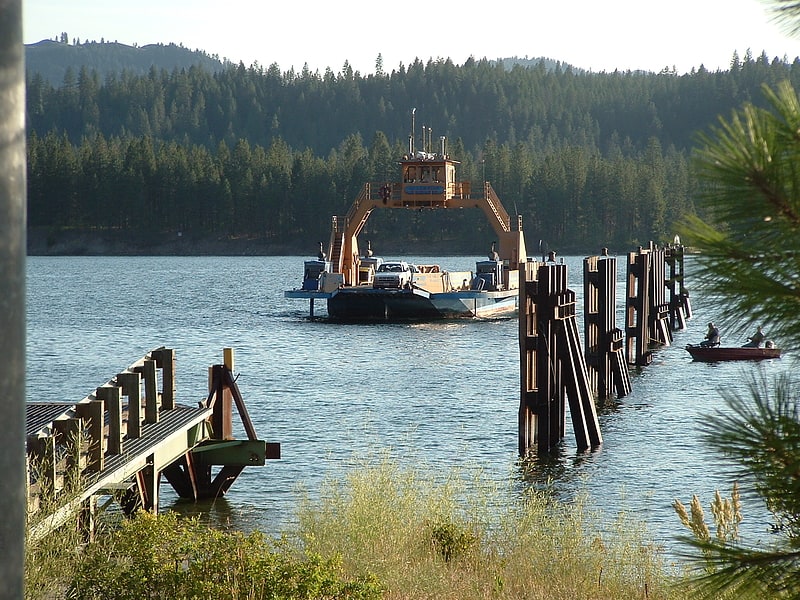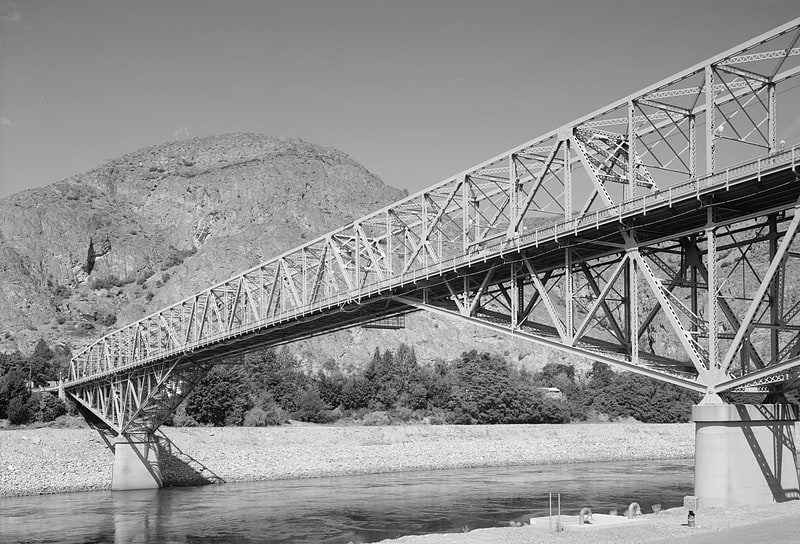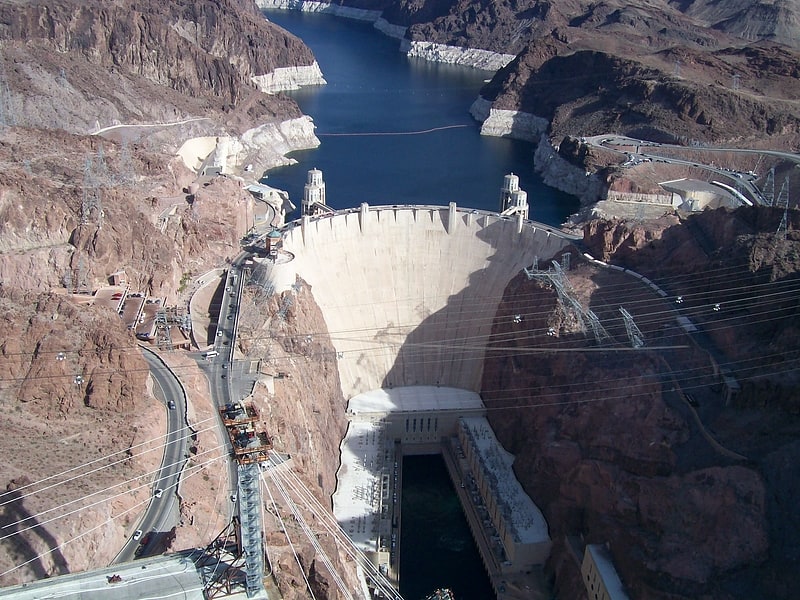Discover 4 hidden attractions, cool sights, and unusual things to do in Coulee Dam (United States). Don't miss out on these must-see attractions: Franklin D. Roosevelt Lake, Grand Coulee Bridge, and Riverview Lanes Bowling Center. Also, be sure to include Hydroelectric power in the United States in your itinerary.
Below, you can find the list of the most amazing places you should visit in Coulee Dam (Washington).
Table of Contents
Franklin D. Roosevelt Lake

Reservoir in Washington State. Franklin D. Roosevelt Lake is the reservoir created in 1941 by the impoundment of the Columbia River by the Grand Coulee Dam in Washington state. It is named for Franklin D. Roosevelt, who was president during the construction of the dam. Covering 125 square miles, it stretches about 150 miles from the Canada–US border to Grand Coulee Dam, with over 600 miles of shoreline; by surface area it is the largest lake and reservoir in Washington. It is the home of the Lake Roosevelt National Recreation Area.
The reservoir lies in parts of five counties in northeastern Washington; roughly in descending order of lake acreage they are Ferry, Stevens, Lincoln, Okanogan, and Grant counties.[1]
Grand Coulee Bridge

Cantilever bridge in Coulee Dam, Washington. The Grand Coulee Bridge, or Columbia River Bridge at Grand Coulee Dam, is a steel thru cantilever truss bridge built in 1934–1935. It carries Washington State Route 155 across the Columbia River immediately below Grand Coulee Dam, near the city of Grand Coulee, Washington. It was added to the National Register of Historic Places in 1982.
The bridge was built to transport heavy equipment across the Columbia river during the construction of the dam, and thereafter as a permanent highway bridge. As such, it was designed to carry a heavier load than was typical. The bridge is supported by two concrete piers, about 150 ft high. During construction, one of the piers began to tilt, probably due to fine glacial material under the gravel. Additional supports were added as a temporary measure. It employed between 1000 and 1200 men. The piers were later taken down to the bedrock using pneumatic caissons.[2]
Riverview Lanes Bowling Center

Bowling alley, Relax in park, Park
Address: 515 River Dr, 99116-1300 Coulee Dam
Hydroelectric power in the United States

Hydroelectric power in the United States is, as of 2019, the second-largest renewable source of energy in both generation and nominal capacity. In 2019, hydroelectric power produced 38% of the total renewable electricity, and 6.6% of the total U.S. electricity.
According to the International Hydropower Association, the United States is the 3rd largest producer of hydroelectric power in the world in 2021 after Brazil and China. Total installed capacity for 2020 was 102,8 GW. The installed capacity was 80 GW in 2015. The amount of hydroelectric power generated is strongly affected by changes in precipitation and surface runoff.
Hydroelectric stations exist in at least 34 US states. The largest concentration of hydroelectric generation in the US is in the Columbia River basin, which in 2012 was the source of 44% of the nation's hydroelectricity. Hydroelectricity projects such as Hoover Dam, Grand Coulee Dam, and the Tennessee Valley Authority have become iconic large construction projects.
Of note, however, is that California does not consider power generated from large hydroelectric facilities (facilities greater than 30 megawatts) to meet its strictest definition of "renewable", due to concerns over the environmental impact of large hydroelectric projects. As such, electricity generated from large hydroelectric facilities does not count toward California's strict Renewable Portfolio Standards. Roughly about 10 to 15 percent of California's energy generation is from large hydroelectric generation that is not RPS-eligible.
The significant impact of dams on the power sector, water use, river flow, and environmental concerns requires significant policy specific to hydropower.[3]